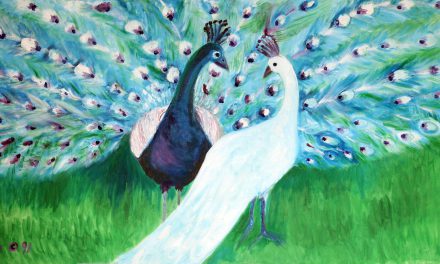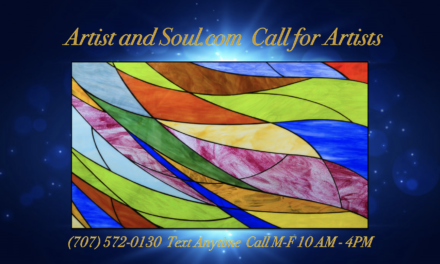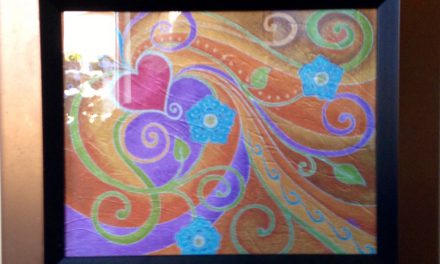Elevating Your Space: The Intersection of Design Psychology and Art
In the practice of interior design, the concept of Design Psychology offers a fascinating approach to creating beautiful spaces that evoke specific moods and emotions tailored to the activities within them.
At the heart of this approach lies the seamless integration of art into our living and working environments, harnessing its power to enhance our well-being and productivity. Bold and bright art feels like a cup of coffee: it excites and awakens prolific business. Soft colors and quiet movement within artwork inspire creative thinking.
Design Psychology: Crafting Spaces for Intentional Living
Design Psychology operates on the principle that our surroundings impact our mood, behavior, and overall sense of health, happiness, and prosperity. By strategically designing spaces to align with our goals and activities, we create environments designed to inspire and support us in achieving our objectives.
Consider, for instance, the workspace of an author. For someone seeking to channel their creativity and dive deep into the writing process, a space designed to instill inspiration and focus is essential. Soft lighting, calming colors, and minimalist decor create an atmosphere conducive to deep concentration and creative flow. Conversely, an author overwhelmed by a flood of ideas benefits from a different design approach — one that promotes clarity and organization with no distractions through clean lines, uncluttered surfaces, and strategic use of space. The main difference between these author spaces is in the design details of the lighting, colors, and patterns.
The Power of Large Artwork: Transforming Space and Perception
When it comes to enhancing the visual appeal and functionality of a room, the selection and placement of artwork play a crucial role. Large-scale landscapes imbue a space with a sense of depth and expansiveness, making rooms feel more open and airy. Instead of feeling boxed in or cramped, occupants live in a panoramic vista that invites exploration and contemplation.
In contrast, an abundance of small paintings and accessories, while artistic, often creates the opposite effect, making rooms feel cluttered and overwhelming. Every object competes for attention, creating visual noise that can be mentally taxing and draining. Too many things encourage eyes to jump from one object to the next without rest. By strategically incorporating a few statement art pieces, focal points command attention without overwhelming the senses.
Art as a Catalyst for Peace and Serenity
Beyond its aesthetic appeal, art infuses spaces with tranquility and harmony. Through soothing colors, evocative imagery, or thought-provoking symbolism, art power evokes emotions, sparks contemplation, and creates moments of quiet reflection.
In a fast-paced world, where stress and distractions abound, cultivating peace and serenity within our living and working environments is more vital than ever. By integrating art into our spaces with intention and purpose, we transform ordinary rooms into sanctuaries of calm and creativity, where the mind can rest, recharge, and find inspiration amidst the chaos of daily life.
In conclusion, the marriage of Design Psychology and art offers a compelling framework for creating spaces that reflect our style, nurture our emotional well-being, and support our endeavors. By joining the principles of intentional design and harnessing the emotional power of art, we can elevate our surroundings to new heights, enriching our lives.





